2023 Management Strategies for Goss’s Wilt and Tar Spot in Corn
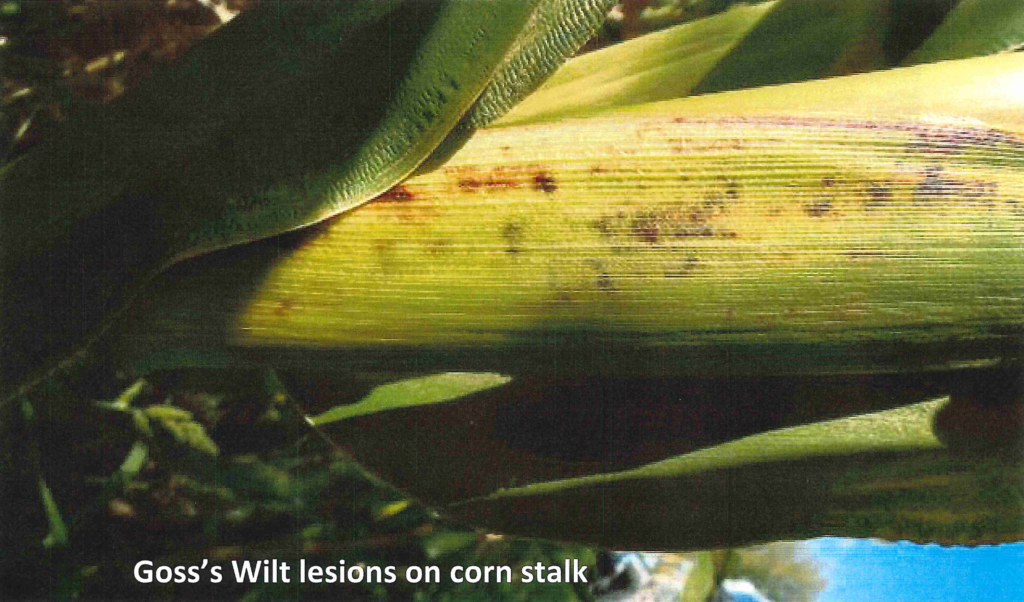
2023 Management Strategies for Goss’s Wilt and Tar Spot in Corn What are diseases Goss’s Bacterial Wilt and Tar Spot fungus and why is there a concern? Goss’s Wilt is a bacterial disease found in corn. The bacteria shuts down the pipeline of nutrients and water from traveling up and down the stalk […]
Can You Really Be Profitable in Today’s Market?
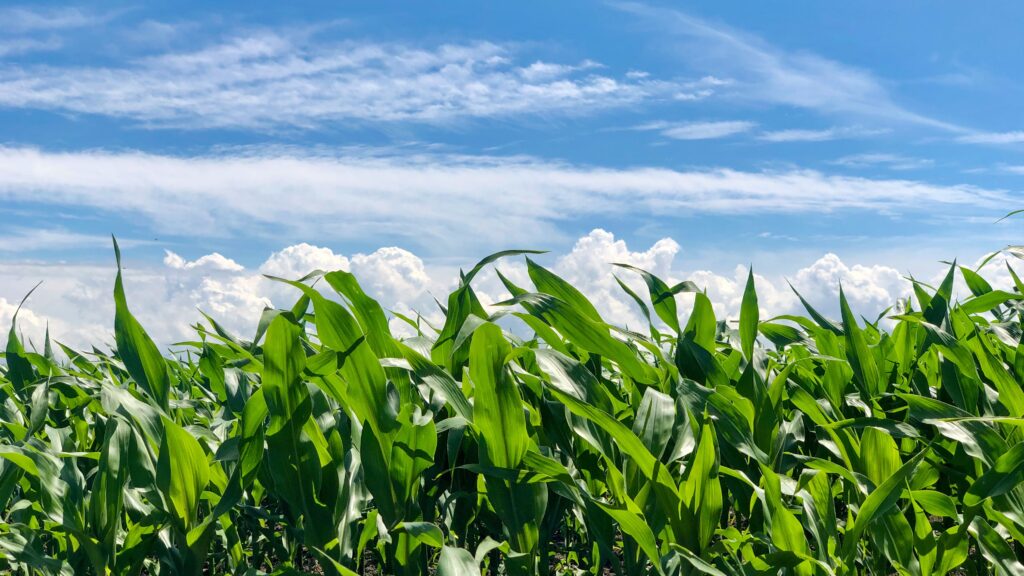
Can You Really be Profitable in Today’s Market? How much did your fertilizer bill jump in the last few years? While farmers tripled their fertilizer budget, in some cases, fertilizer manufacturers recorded triple-digit profit increases for most of 2022. The numbers are shocking. “Mosaic’s net earnings totaled $842 million in the first nine months […]
HOW TO BE AN OVERCOMER

HOW TO BE AN OVERCOMER There’s a saying that everyone wants to be an overcomer, but nobody really wants any challenges to overcome. While there are plenty of challenges in modern agriculture, ProfitProAG’s Winter Conference 2023 offered a wealth of knowledge to help you be an overcomer. “As Albert Einstein said, we can’t solve our […]
Are Fungicides the Answer to Tar Spot?
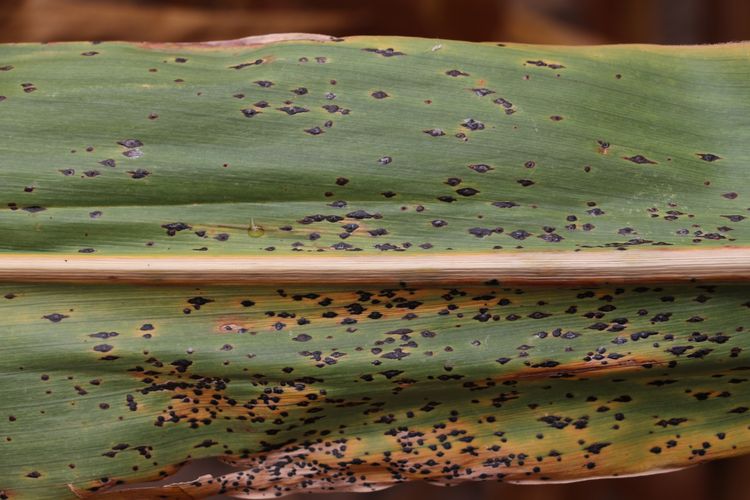
Are Fungicides the Answer to Tar Spot? If tar spot has hit your area—and fungicides aren’t controlling the disease—there’s a reason why. There’s also one key thing you must do to protect your crop. “In the last three to four years, tar spot has become a major challenge,” said Dr. Don […]
Want to Cut Your Fertilizer Bill?

Want to Cut Your Fertilizer Bill? Use Nutrients More Efficiently Think high yields require a lot of fertilizer? What if you could cut back on chemical and petroleum-based fertilizers and still do more with less. You can when you focus on biology to properly feed your soil and crops. “It’s all about […]
Drones Take to Next Level

Drones Take Spraying, Dry Spreading to the Next Level When it’s time to spray or spread, how many times is it either too muddy to get into the field, or you can’t get a plane scheduled? What about getting cover crops seeded on time? Forget all that frustration. Things are looking up, thanks […]
5 Reasons to Use Drones on your Acres
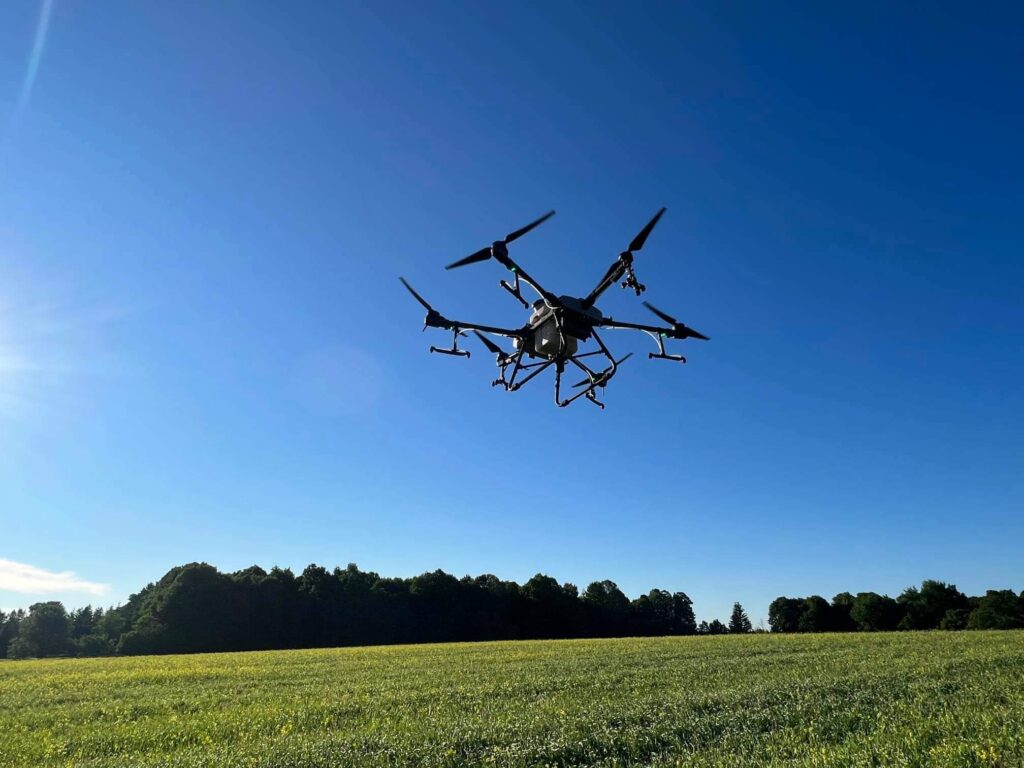
5 Reasons to Use Drones on Your Acres When it’s time to spray, how many times is it either too muddy, or you can’t get a plane scheduled? Ever had trouble getting cover crops seeded on time? Forget all that frustration. Things are looking up, thanks to today’s high-tech drones. […]
Is Water pH Hindering Your Herbicide?
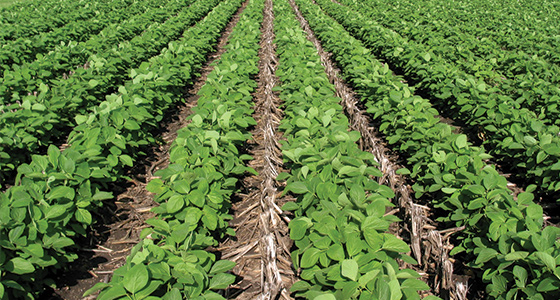
Is Water pH Hindering Your Herbicides? Is Water pH Hindering Your Herbicides? Selecting the right herbicide is a key to effective weed control, but there’s another big factor that can make or break your results—and it’s so common you might overlook it. Water pH can negatively affect the stability of some crop protection products, […]
Managing High Fertilizer Costs

How running a soil test can determine the amount or fertilizer needed for a successful yield.
Microbes, Manure and Better Water Quality
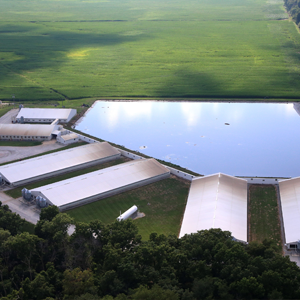
When was the last time you heard anyone outside of agriculture praise farmers’ efforts to improve water quality? Livestock producers, in particular, often get blamed for water quality challenges. While many farmers have adopted more eco-friendly farming practices to protect water quality, there’s still a missing link. Managing microbes is key to putting the right biology into manure. Click here to learn 10 ways microbe management makes nutrients readily available, limits nutrient leaching, controls odor and even makes more room in your manure pits.
